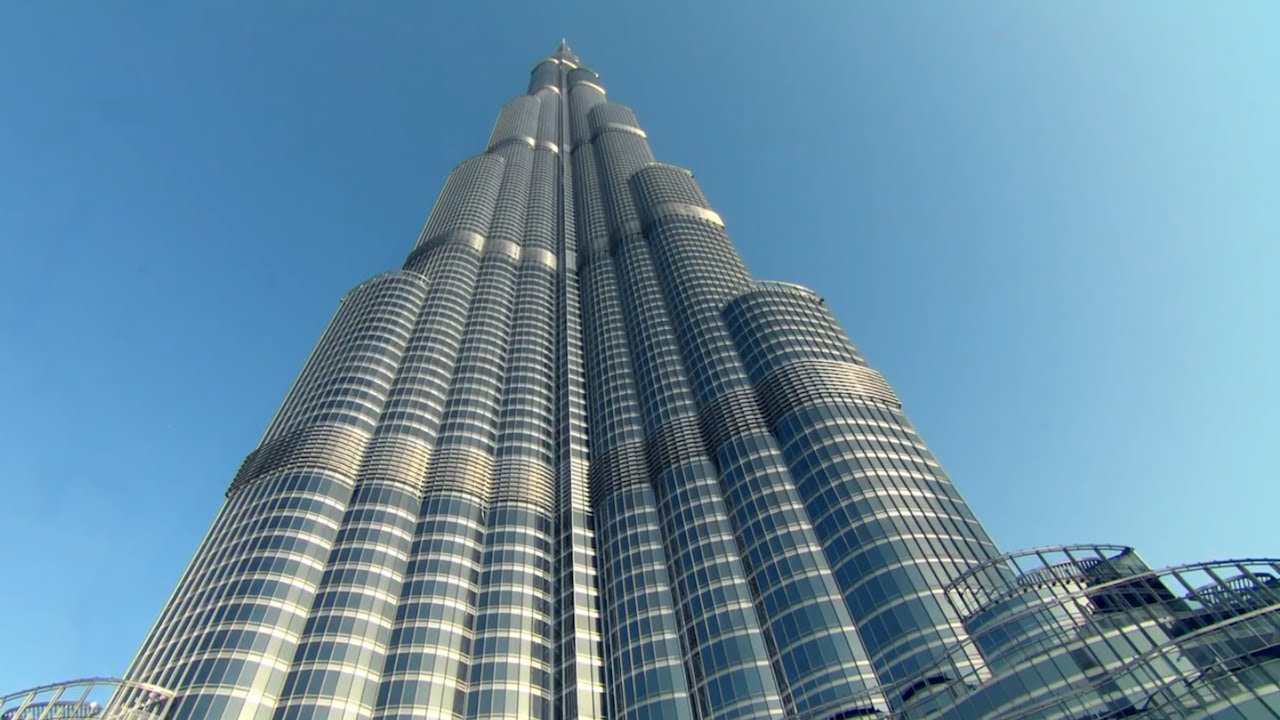THE BURJ KHALIFA SKYSCRAPER & THE TOWER OF BABEL

As of this week, visitors to the 2,717ft Burj Khalifa skyscraper – currently the world’s tallest building – will be able to get an even more elevated view of the surrounding area in Dubai.
A new observation deck on the 148th floor is 1,821ft above street level, making it the world’s highest static vantage point. To get there, sightseers will have to change elevators on the 125th floor.
Until now tourists could only visit an observation deck on the 124th floor, and a staggering 1.9 million visitors did so in 2013. The views from the 148th floor will be more expensive. Pre-booked tickets for the new attraction will set you back $110, or if you prefer to walk up, $140. For a few dollars more you can rent an audio device with headphones to hear the riveting story behind this engineering and architectural marvel.
It fascinates me that thousands of years after mankind first attempted to build a tower ‘whose top will reach the heaven’ we still remain obsessed with building ever-taller ‘towers’.
The Tower of Babel, which features in the Torah portion of Noach, has been identified by most historians as Etemenanki, a ziggurat dedicated to the pagan god Marduk in the ancient city of Babylon. Etemenanki translates as “temple of the foundation of heaven and earth”, which fits in with the Torah’s understanding of why it was built. Its identification with the Tower of Babel is based on the fact that it, too, was never completed.
In fact, after remaining unfinished for centuries, it eventually collapsed completely, never to be rebuilt. It was Alexander the Great who precipitated its doom. He launched a project to complete it that resulted in the structure falling apart due to the hundreds of years of neglect, and with his death shortly afterwards, efforts to reconstruct it were halted for good.
Unlike the soaring Burj Khalifa, Etemenanki was a rather more modest 300ft high, although it must surely have been the most imposing building of its day, and certainly the tallest. It is striking that both the ancient tower and the modern skyscraper were built in the same region. The site of ancient Babylon is Hillah, a town in modern Iraq just over 1,000 miles from downtown Dubai.
You might be thinking that these two structures are not just separated by thousands of years and 2,400 ft in vertical height, but by a dissonance that is much more profound.
The Tower of Babel was built, we are told, as a direct challenge to God. The Burj Khalifa skyscraper is a residential and commercial building that has no theological pretensions. This assumption may be correct on the face of it, but ultimately the two buildings share much more than geographic proximity.
It is human nature to be struck by the awesomeness of human ingenuity, and to revel in the success of mankind’s ability to constantly break through new barriers, challenging nature and mitigating natural phenomenon to our advantage.
The modern world no longer defies God in the same way that the ancient pagan builders of the Tower of Babel did. It is more subtle than that. Having conquered nature through science and technology, modernity has marginalized God, turning faith, where it remains, from an essential component of life into an eclectic hobby.
At the other end of the spectrum are those who reject modernity and all its innovations for the exact same reason. Faith, they believe, cannot coexist with a world where science and the grand projects it enables rule supreme.
Our commentators all remark on the apparent harmony that existed among those who were behind the construction of the Tower of Babel, a harmony that was disrupted by God, ultimately resulting in the project’s failure. The commentators note that God’s intervention was not because he feared the empty challenge posed to Him by this puny physical structure, but because He wished to convey a deep truth about the very nature of harmony.
It was true that there was a unity of purpose among the people who initiated the project, but this unity was undermined by a selfishness that ultimately meant the project had to fail. Although the primary purpose was about challenging God, that purpose was matched with an equal determination by the project’s movers and shakers to lord it over each other. When this became evident, the project stalled and eventually folded.
But there is another harmony that was ignored then, and that harmony is equally disregarded today. It is the harmony between faith and science, between our ability to do incredible stuff, and the fact that any such ability is a gift from God.
When we admire an outstanding structure, we are impressed by the human ingenuity behind it, but we ignore the fact that our mastery over nature is not a victory over God. Any human achievement is merely another demonstration of the ability uniquely given to humans by God to understand all aspects of His world so that we can thrive and survive in the most astounding ways, whether it be through stem cell research, or through the construction of buildings that pierce the cloud cover in ever increasing heights.
This harmony was overlooked in ancient Babylon; the tower’s builders imagined that their engineering prowess made them godlike, and in no need of God. Let us not make that same mistake today.
If you ever visit the observation deck in Dubai, think to yourself: מַה גָדְלוּ מַעַשֶֹךָ ה ‘how great are God’s wonders!’ — rather than: כּוֹחִי וְעוֹצֶם יָדִי עָשָֹה לִי אֶת הַחַיִל הַזֶה ‘the might of my own strength resulted in this great achievement’.

